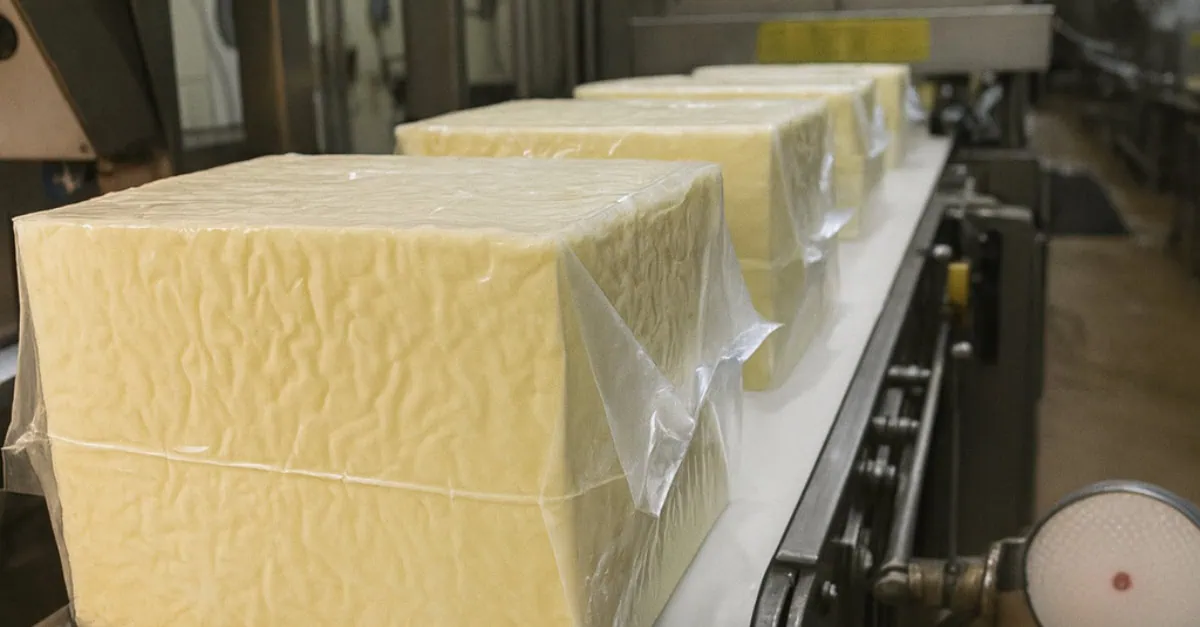July 16, 2025 – Market Analysis
Global whey protein markets are experiencing a strategic shift from current spot weakness to forward-looking strength, with industry participants increasingly focused on fourth-quarter positioning despite limited immediate trading activity. The market sentiment reflects growing confidence that recent price weakness may be nearing an end, driven by robust global consumption patterns and emerging demand drivers including pharmaceutical applications.
Forward market positioning intensifies ahead of Q4
While third-quarter trading activity approaches completion, market participants are demonstrating increased interest in fourth-quarter coverage, suggesting a fundamental shift in market psychology. Industry sources indicate growing conviction that current pricing levels for whey protein concentrates represent attractive entry points for strategic buyers.
The forward-thinking approach reflects concerns about potential supply tightness later in the year, particularly as global consumption data continues to show resilient demand patterns. The steady growth in weight-loss medication usage is creating sustained, non-seasonal protein demand across Western markets, providing underlying support for market fundamentals.
Market participants are also expressing caution about potential trade lane disruptions, with recent developments in international trade negotiations creating uncertainty about traditional supply chain relationships. This uncertainty is encouraging more proactive procurement strategies as companies seek to secure coverage before potential market shifts.
Trade policy developments threaten established patterns
Recent escalation in trade policy discussions has renewed focus on the vulnerability of established export relationships. Multiple major dairy importing countries have received formal communications requiring trade negotiations, potentially affecting traditional market structures.
Analysis of current trade patterns reveals significant exposure across key whey export destinations, with a substantial portion of major markets potentially affected by policy changes. This concentration risk is prompting industry participants to reassess diversification strategies and supply chain resilience.
The possibility of widespread changes to traditional trade relationships could fundamentally alter global whey protein flows, creating both challenges and opportunities for different regional suppliers. Market participants are closely monitoring diplomatic developments while preparing contingency strategies.
Regional market dynamics show divergent trends
European whey protein markets continue to experience supply pressure, with abundant availability coinciding with subdued demand from traditional export markets. However, underlying support is emerging from increased returns in higher-value protein processing, which is affecting raw material allocation decisions.
The concentration of production toward higher-protein products is creating interesting dynamics in sweet whey powder markets, where reduced processing volumes are providing some supply-side support despite overall weak demand conditions.
US markets are showing signs of tightening as production increasingly shifts toward protein concentrate manufacturing, creating reduced availability of lower-protein products. This production mix optimization is responding to stronger margins in specialty protein categories.
Protein concentrate markets prepare for seasonal upturn
Whey protein concentrate markets are showing early signs of the traditional late-summer strengthening pattern, with manufacturers beginning to adjust pricing in anticipation of increased autumn demand. Most third-quarter volumes have been allocated, creating natural supply constraints for immediate delivery.
Cross-border arbitrage opportunities that existed earlier in the year are diminishing as regional price relationships normalize. The availability of competitively priced import product in key markets has declined substantially, indicating improved supply-demand balance.
Market intelligence suggests that the traditional seasonal demand increase may be more pronounced this year due to inventory management strategies that have left many buyers with minimal coverage for the final quarter.
Protein isolate shows recovery momentum
Whey protein isolate markets are demonstrating clearer signs of recovery, with both European and US prices beginning to advance from recent lows. The improvement reflects both supply-side discipline and continued robust consumption patterns.
The relationship between protein concentrate and isolate pricing is returning to more traditional ratios, suggesting that market distortions experienced earlier in the year are resolving. This normalization process is providing greater pricing predictability for both producers and buyers.
US isolate markets are particularly benefiting from sustained domestic demand, including continued growth in pharmaceutical applications where protein supplementation is recommended alongside certain medical treatments.
Permeate and lactose face continued pressure
Lower-protein whey derivatives continue to experience challenging market conditions, with abundant supply coinciding with weak global demand. The competitive dynamics between regional suppliers are intensifying as export opportunities become more critical for market balance.
European permeate markets are particularly affected by pricing disadvantages compared to US origins, forcing greater reliance on domestic consumption which remains limited. The substantial price differentials are creating structural challenges for European suppliers in international markets.
Lactose markets are showing gradual price normalization as the intense demand conditions experienced earlier in the year have subsided. European markets are experiencing continued downward pressure, while US markets maintain better support due to export competitiveness.
Currency and production factors influence outlook
Exchange rate movements continue to play a crucial role in determining competitive positioning between regional suppliers. The persistence of favorable currency relationships for US exporters is providing ongoing advantages in key international markets.
Production decisions are increasingly reflecting the profitability advantages of higher-protein processing, with manufacturers optimizing their product mix accordingly. This strategic shift is affecting availability across all whey-derived product categories.
The combination of currency advantages, production optimization, and evolving demand patterns is creating a complex but potentially favorable environment for strategic market positioning as the year progresses.
Read the full week 29 SWP, Whey and WPC80 analysis on the Vesper platform here: https://app.vespertool.com/market-analysis/2105





